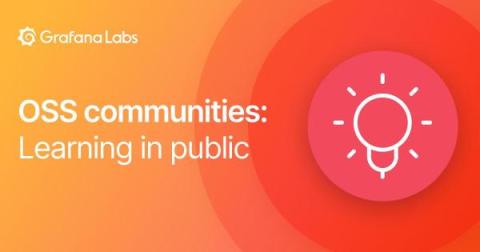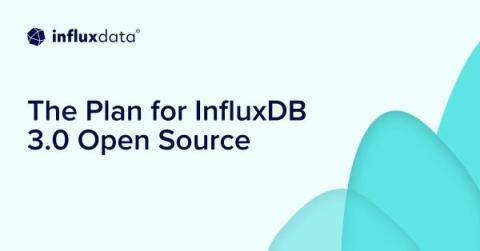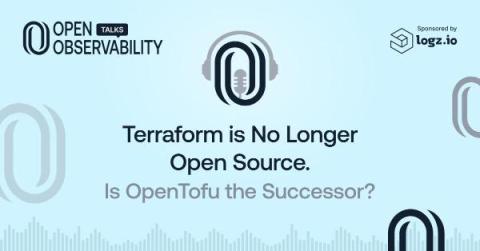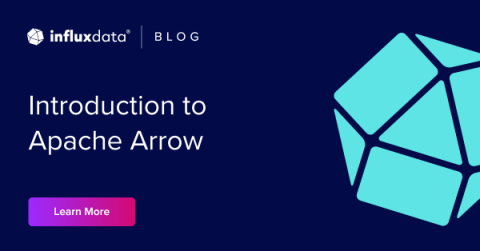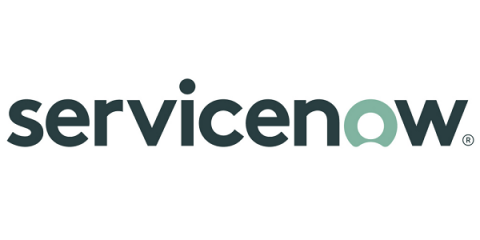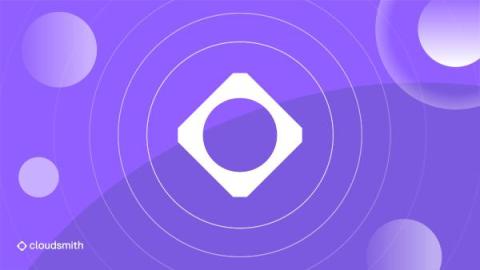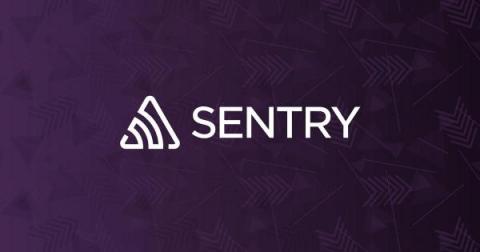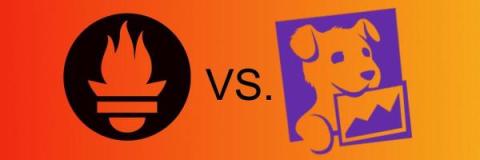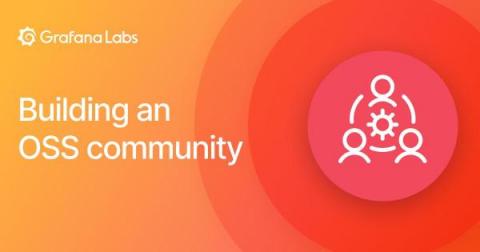Operations | Monitoring | ITSM | DevOps | Cloud
September 2023
The Future of Cloud Native Data is Now
How to build LLMs with open source
Introducing the Datadog Open Source Hub
At Datadog, we have always been deeply involved with open source software—producing it, using it, and contributing to it. Our Agent, tracers, SDKs, and libraries have been open source from the beginning, giving our customers the flexibility to extend our tools for their own needs. The transparency of our open source components also allows them to fully audit the Datadog software that is running on their systems. But our commitment to open source only starts there.
Image recognition with Python, OpenCV, OpenAI CLIP and pgvector
Learning in public: How to speed up your learning and benefit the OSS community, too
Technical folks in OSS communities often find themselves in permanent learning mode. Technology changes constantly, which means learning new things — whether it’s a new feature in the latest OSS release or an emerging industry best practice — is, for many of us, simply a natural part of our jobs. This is why it’s important to think about how we learn, and improve the skill of learning itself.
The Plan for InfluxDB 3.0 Open Source
The commercial version of InfluxDB 3.0 is a distributed, scalable time series database built for real-time analytic workloads. It supports infinite cardinality, SQL and InfluxQL as native query languages, and manages data efficiently in object storage as Apache Parquet files. It delivers significant gains in ingest efficiency, scalability, data compression, storage costs, and query performance on higher cardinality data.
Terraform is No Longer Open Source. Is OpenTofu (ex OpenTF) the Successor?
Terraform, a powerful Infrastructure as Code (IAC) tool, has long been the backbone of choice for DevOps professionals and developers seeking to manage their cloud infrastructure efficiently. However, recent shifts in its licensing have sent ripples of concern throughout the tech community. HashiCorp, the company behind Terraform, made a pivotal decision last month to move away from its longstanding open-source licensing, opting instead for the Business Source License (BSL) 1.1.
Securing Open Source Dependencies on Public Cloud
Building a Secure By-Design Pipeline with an Open Source Stack - Civo Navigate NA 23
OSDI Meetup London - Vector Databases and Data Matching with AI
Introduction to Apache Arrow
A look at what Arrow is, its advantages and how some companies and projects use it. Over the past few decades, using big data sets required businesses to perform increasingly complex analyses. Advancements in query performance, analytics and data storage are largely a result of greater access to memory. Demand, manufacturing process improvements and technological advances all contributed to cheaper memory.
Deploying Scalable Next.js Applications on Netlify with PostgreSQL and Redis
Cloud data control: Introducing the OpenTelemetry Arrow Project
In collaboration with F5, ServiceNow® Cloud Observability is pleased to announce the availability of the OpenTelemetry Arrow Project. This co-donated and co-developed project gives organizations greater control over the data extracted from their cloud applications—as well as a path forward to improve the return on investment (ROI) of that data.
Introducing Cloudsmith Navigator: Your Trusted Guide to OSS Package Quality
Discover Cloudsmith Navigator: a revolutionary tool designed to guide software engineering teams in selecting top-quality open source packages. By analyzing and scoring thousands of packages based on security, maintenance, and documentation, Navigator simplifies the package selection process. Choosing the right software package for your project can sometimes feel like finding a needle in a haystack.
The BSL is a short-term fix: Why we choose open source
On August 13 2023, users of HashiCorp’s Terraform forked the software under the name OpenTF. This was a strong and rapid community reaction to HashiCorp switching the license on their products merely three days before. The list of companies and individuals pledging their support to the new fork has been overwhelming. The new license that HashiCorp has chosen for its products, the Business Source License (BSL), is no longer open source, but instead source-available.
How telcos are building carrier-grade infrastructure using open source
Why "good reply game" matters in open source communities
Communities of all sorts, including open source communities, boil down to the daily interactions we have with one another. What we call “the community” emerges from a series of utterances and responses, which gives rise to relationships and networks. This makes “good reply game” essential to create, sustain, and grow an open source community.
Sentry's Open Source Values
This is the 25th year of the Open Source movement, and as with any social enterprise there is a constant effort to maintain and at times renegotiate the meaning of terms and the values behind them. Open Source is a child of the Free Software movement. It uncritically inherited its values and philosophy from its parent, but are those still sufficient today?
Prometheus vs. Datadog
Before we do a detailed dive into what Prometheus and Datadog are, let's look at the key comparison points. Both Prometheus and Datadog are monitoring tools, but Prometheus is open source and Datadog is proprietary. Prometheus is the de facto tool for monitoring time-series for Kubernetes, and Datadog is an all-around APM, logs, time-series, and tracing tool.
Exploring Postgres and Aiven Platform
What makes a good open source community?
Whenever you use open source software, you benefit from the community that surrounds it — whether it’s a bug fix, better documentation, a helpful tutorial or something else. We at Grafana Labs benefit from the open source community, too: from your participation, and the many OSS components we use in the development of Grafana itself. But what makes an open source community successful, exactly? And how do you build and nurture one?







